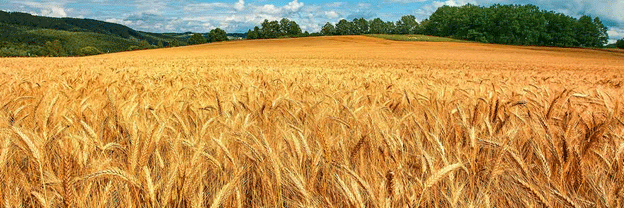Russia, a powerhouse in the global wheat market, has seen a positive shift in its 2025 wheat production outlook. SovEcon, a leading agricultural consultancy, has revised its forecast upward to 79.7 million metric tons (MMT)—a significant increase of 1.1 MMT from previous projections. The revision stems primarily from better-than-expected winter survival rates of wheat crops and an improvement in field conditions reported by official Russian agencies.
Improved Winter Conditions Drive Optimism
The new projections paint a nuanced picture: winter wheat output is now expected to reach 52.2 MMT, up from 50.7 MMT, thanks to resilient crops that survived the harsh Russian winter. According to SovEcon and Roshydromet (Russia’s national hydrometeorological service), only 5% of crops were in poor condition in March, a sharp recovery from the record 37.1% reported in November 2024.
Roshydromet emphasized that such improvements are not uncommon after challenging fall seasons, citing similar recoveries in 2015 and 2021. Their March 2025 assessments confirm a widespread crop rebound, bolstering the possibility of a strong harvest.
Spring Wheat Faces Setbacks
In contrast, spring wheat has seen a slight downward revision, now forecasted at 27.5 MMT, compared to 27.9 MMT in earlier estimates. While relatively minor, this reduction reflects the persistent impact of unfavorable weather, possible pest or disease pressure, and ongoing soil moisture deficits—a concern SovEcon continues to highlight.
Despite an improvement in weather during March, SovEcon warns that the yield potential remains below average. The timing of the improved conditions may be too late to significantly impact outcomes, especially as many regions continue to face dry soils and limited rainfall. With the expectation of continued dry weather, the soil moisture deficit is likely to persist, raising concerns for both spring sowing and yield development.
Context Within Global Markets
Russia produced 82.6 MMT of wheat in 2024, and even with this revised outlook, the 2025 harvest is expected to be the lowest since 2021, when 76.0 MMT was harvested. Given Russia’s role as the world’s largest wheat exporter, fluctuations in its output have global ripple effects, especially for import-dependent nations in Africa, the Middle East, and Asia.
In 2023, Russia accounted for nearly 20% of global wheat exports, shipping over 45 MMT. A change in Russian supply volumes can influence global prices, trigger stockpiling in other nations, or shift sourcing strategies—especially in a global context still sensitive to climate shocks and geopolitical disruptions.
While the improved winter wheat outlook is a welcome development, Russia’s wheat harvest in 2025 remains surrounded by uncertainty. The contrasting trends between winter and spring wheat, coupled with persisting drought conditions, make it difficult to predict final outcomes. For farmers, agronomists, and agricultural policy experts, this serves as a timely reminder of the importance of monitoring environmental resilience, adaptive agronomic strategies, and early warning systems in managing crop risk.
Error





